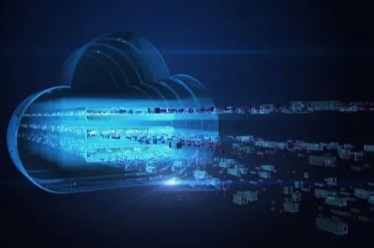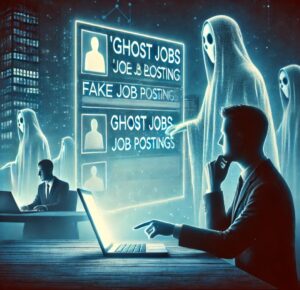
Today, Software as a Service (SaaS) is the most mature area of cloud computing. SaaS gained initial traction with the customer relationsnip
management (CRM) market and has expanded into others particularly the collaboration market and the enabling tools and management environments. However, keep in mind now that OpenAI’ will evolve cloud computing.
What characteristics have to be in place for an SaaS to be commercially viable?
- •The SaaS application needs to be generalized enough so that lots of customers will be interested in the service. Here are some examples of these types of applications: accounting, collaboration, project management, testing, analytics, content management, Internet marketing, risk management, and of course CRM. What doesn’t work as SaaS? A specialized one of-a-kind application with a small number of potential customers.
- SaaS applications need sophisticated navigation and ease of use. If an SaaS application isn’t easy to use, customers will simply stop subscribing. Most SaaS vendors offer prospective customers a free trial for a month or so. If the customer doesn’t start using the application during that first month, it’s likely that the customer won’t sign a contract. This is really important because it has been reported that less than 20 percent of users remain customers after the first month or so.
- The SaaS application needs be modular and service oriented. Without this modular approach, it will be hard to change and difficult to have third-party independent companies join the ecosystem.
- An SaaS application needs to include measuring and monitoring so customers can be charged actual usage.
- An SaaS application must have a built-in billing service.
- SaaS applications need published interfaces and an ecosystem of partners who can expand the company’s customer base and market reach.
- SaaS applications have to ensure that each customer’s data and specialized configurations are separate and secure from other customers’ data and configurations.
- SaaS applications need to provide sophisticated business process configurators for customers. Each customer can change the process within the standardized SaaS application. For example, a company might want to add a process so a manager has to approve the price being offered to a new customer. A built-in configuration tool enables this to be done on an ad hoc basis without programming.
- SaaS applications need to constantly provide fast releases of new features and new capabilities. This must be done without impacting the customer’s ability to continue business as usual.
- SaaS applications have to protect the integrity of customer data. That includes providing techniques for allowing data to migrate either to private database inside the firewall or to a private third-party storage capability.







